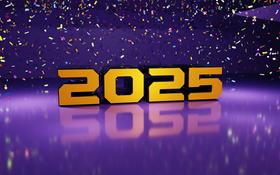For the 2025-26 school year, there is 1 public preschool serving 291 students in Scott County, KY.
Scott County, KY public preschools have a diversity score of 0.56, which is more than the Kentucky public preschool average of 0.41.
Minority enrollment is 36% of the student body (majority Hispanic), which is more than the Kentucky public preschool average of 24% (majority Hispanic and Black).
Best Public Preschools in Scott County (2025-26)
School
(Math and Reading Proficiency)
(Math and Reading Proficiency)
Location
Quick Facts
Rank: n/an/a
1306 Long Lick Rd
Georgetown, KY 40324
(502) 868-0411
Georgetown, KY 40324
(502) 868-0411
Gr: PK | 291 students Student-teacher ratio: 18:1 Minority enrollment: 37%
Scott County Public Schools (Closed)
School
Location
Quick Facts
1072 Cardinal Dr
Georgetown, KY 40324
(502) 863-4635
Georgetown, KY 40324
(502) 863-4635
Gr: 9 | 679 students Student-teacher ratio: 23:1 Minority enrollment: 19%
Frequently Asked Questions
How many public preschools are located in Scott County, KY?
1 public preschools are located in Scott County, KY.
What is the racial composition of students in Scott County?
Scott County public preschools minority enrollment is 36% of the student body (majority Hispanic), which is more than the Kentucky public preschools average of 24% (majority Hispanic and Black).
Recent Articles

Texas Schools Enrollment Trends & Policy in 2025
Latest data and policy changes on Texas public school enrollment growth, funding, and virtual education in 2025.

Financial Aid & Hidden Costs in Public Schools
Learn about financial aid and hidden costs in public schools. Discover what parents should budget for beyond tuition-free education.

NYC Schools Still Most Segregated in 2025
Despite reforms, New York City schools remain the most segregated in the U.S. in 2025. Here’s what parents and educators need to know.
